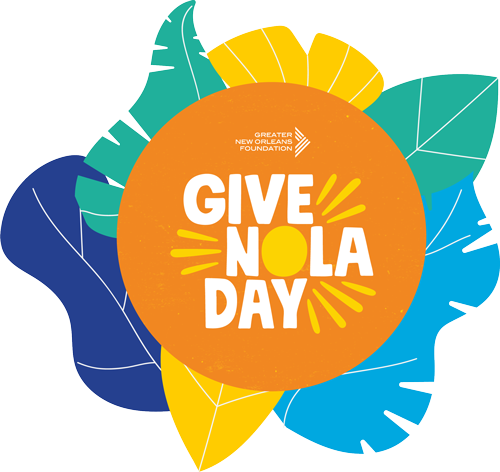Racial Equity Resource Guide
Articles and Reports
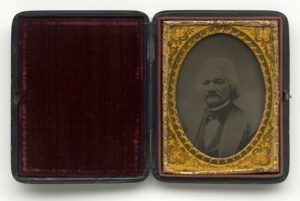
A Nation’s Story: “What to the Slave is the Fourth of July?”
On July 5, 1852, Frederick Douglass gave a keynote address at an Independence Day celebration and asked, “What to the Slave is the Fourth of July?” Douglass was a powerful orator, often traveling six months out of the year to give lectures on abolition. His speech was delivered at an event commemorating the signing of the Declaration of Independence, held at Corinthian Hall in Rochester, New York. It was a scathing speech in which Douglass stated, “This Fourth of July is yours, not mine, You may rejoice, I must mourn.”

Racism Is Terrible. Blackness Is Not.
So many people taught us to be more than the hatred heaped upon us.
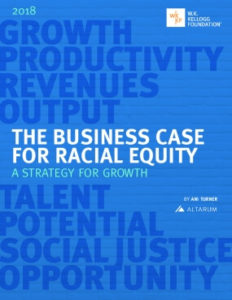
Business Case for Racial Equity
By WK Kellogg Foundation
The report projects a tremendous boost to the country’s workforce and consumer spending when organizations take the necessary steps to advance racial equity.
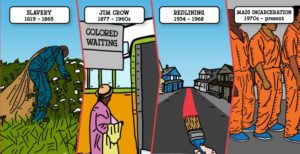
From Slavery to Mass Incarceration
America, after 400 years, don’t you feel like it’s finally time to honestly discuss the legacy of slavery?
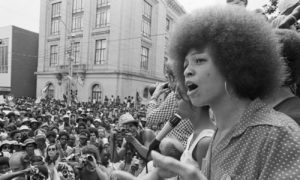
Angela Davis: ‘We knew that the role of the police was to protect white supremacy’
The veteran civil rights campaigner on growing up in segregated America, the opportunity of the Black Lives Matter movement and what inspires her to keep fighting
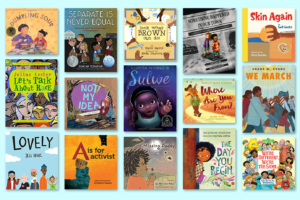
21 Books That Teach Little Kids About Race, Justice, and Equality
Books are a marvelous way to introduce big, complex ideas to young children. More importantly, though, books can help parents spark discussions about topics that might feel difficult to introduce. The following kids’ books help parents start those lifelong conversations about race, justice, and equality in a way that’s age-appropriate, compassionate, and inspiring.

A New World Is Possible: Defund Police And Fund Black Lives
By Kayla Reed and Ash-lee Woodard Henderson
THE MOVEMENT FOR BLACK LIVES CALLS FOR DEFUNDING THE POLICE TO RELEASE URGENTLY-NEEDED COMMUNITY RESOURCES TO REALIZE REAL PUBLIC SAFETY.
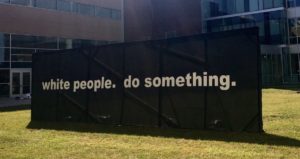
75 Things White People Can Do for Racial Justice
By Corinne Shutack
Achieving racial justice is a marathon, not a sprint. Our work to fix what we broke and left broken isn’t done until Black folks tell us it’s done.

Whites For Racial Equity
RACIAL EQUITY IS REALIZED WHEN RACE CAN NO LONGER BE USED TO PREDICT LIFE OUTCOMES, AND OUTCOMES OF ALL GROUPS ARE IMPROVED from the Local and Regional Government Alliance on Race and Equity, see link to “The Racial Equity Action Plans: A How To Manual” below

The Case for Reparations
By Ta-Nehisi Coates
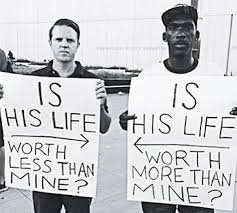
Dismantling White Supremacy Culture In Your Organization
By Tema Okun
“This is a list of characteristics of white supremacy culture that show up in our organizations. Culture is powerful precisely because it is so present and at the same time so very difficult to name or identify. The characteristics listed below are damaging because they are used as norms and standards without being pro- actively named or chosen by the group. They are damaging because they promote white supremacy thinking. Because we all live in a white supremacy culture, these characteristics show up in the attitudes and behaviors of all of us – people of color and white people. Therefore, these attitudes and behaviors can show up in any group or organization, whether it is white-led or predominantly white or people of color-led or predominantly people of color.”

